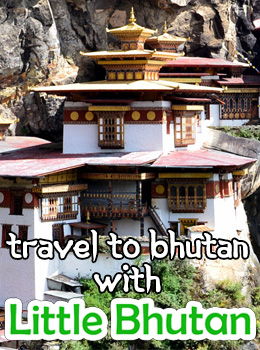Costume: Five kinds of bone ornaments on the body, a small drum (damaru) and bell (drilbu) as sixth ornament.
This dance depicts the high tantric deities delivering the sentient beings into salvation from their sufferings by their dance of mahamudra and the song of Mahayana teachings. As they are dauntless, they are called Pawos or Heroes.
